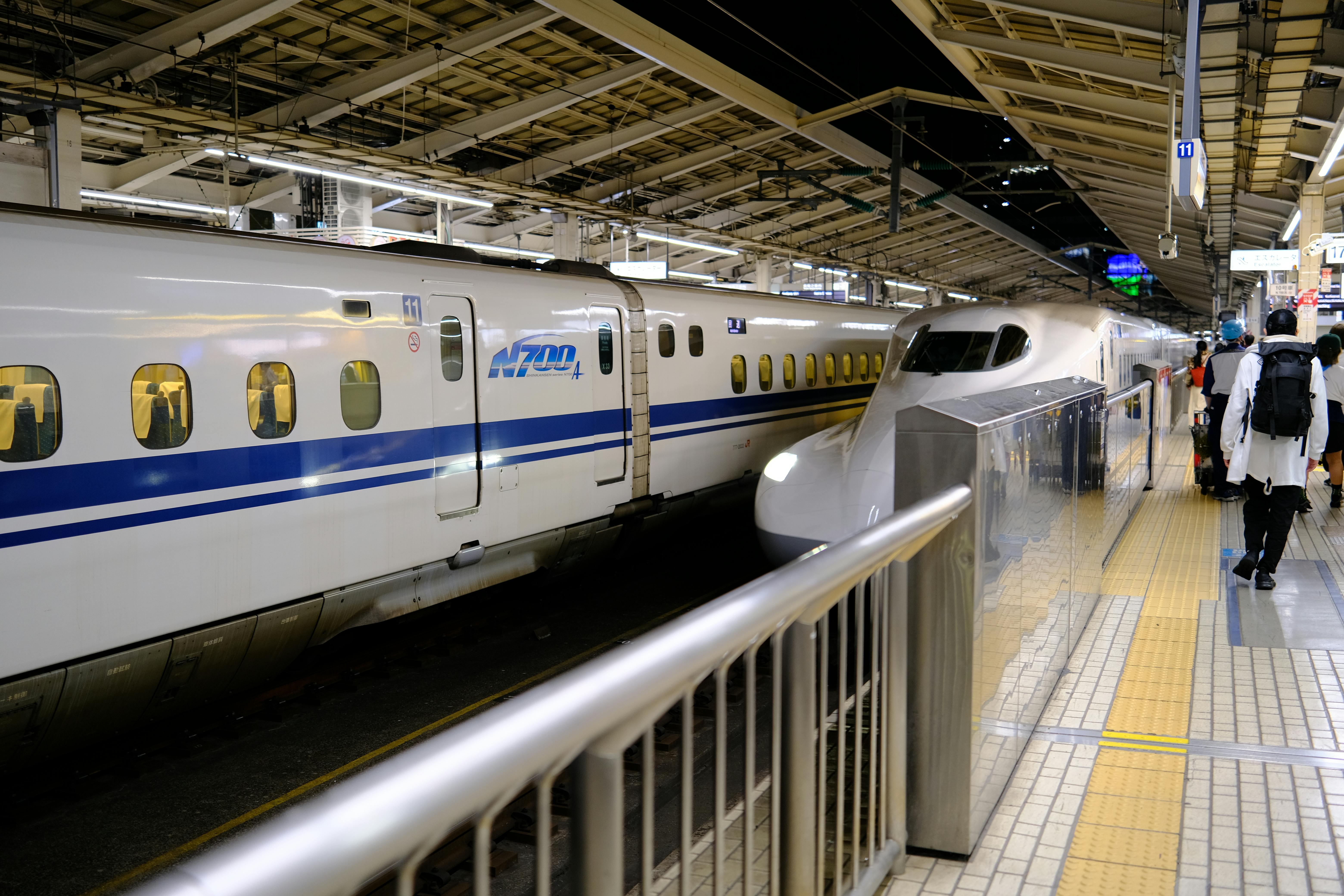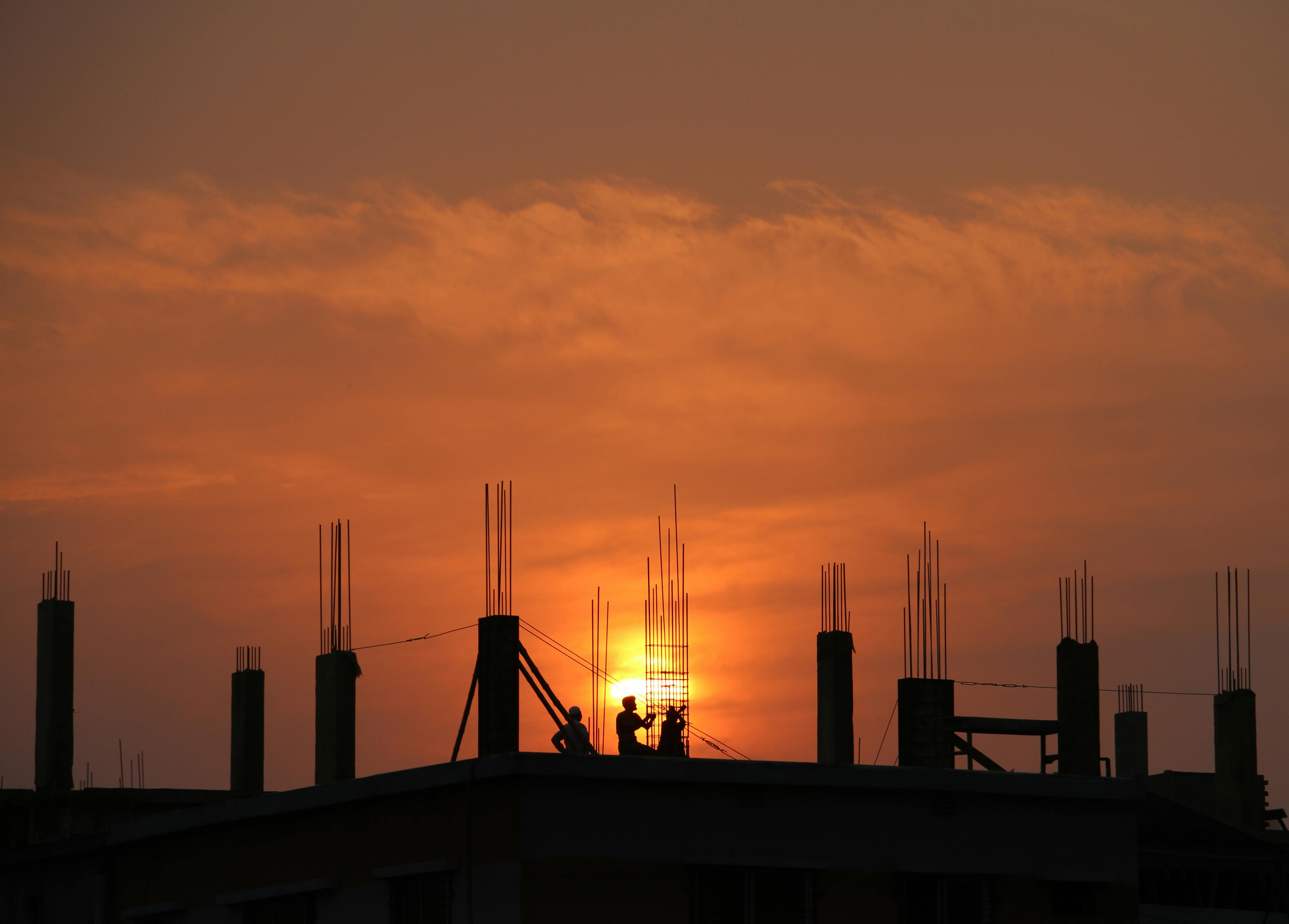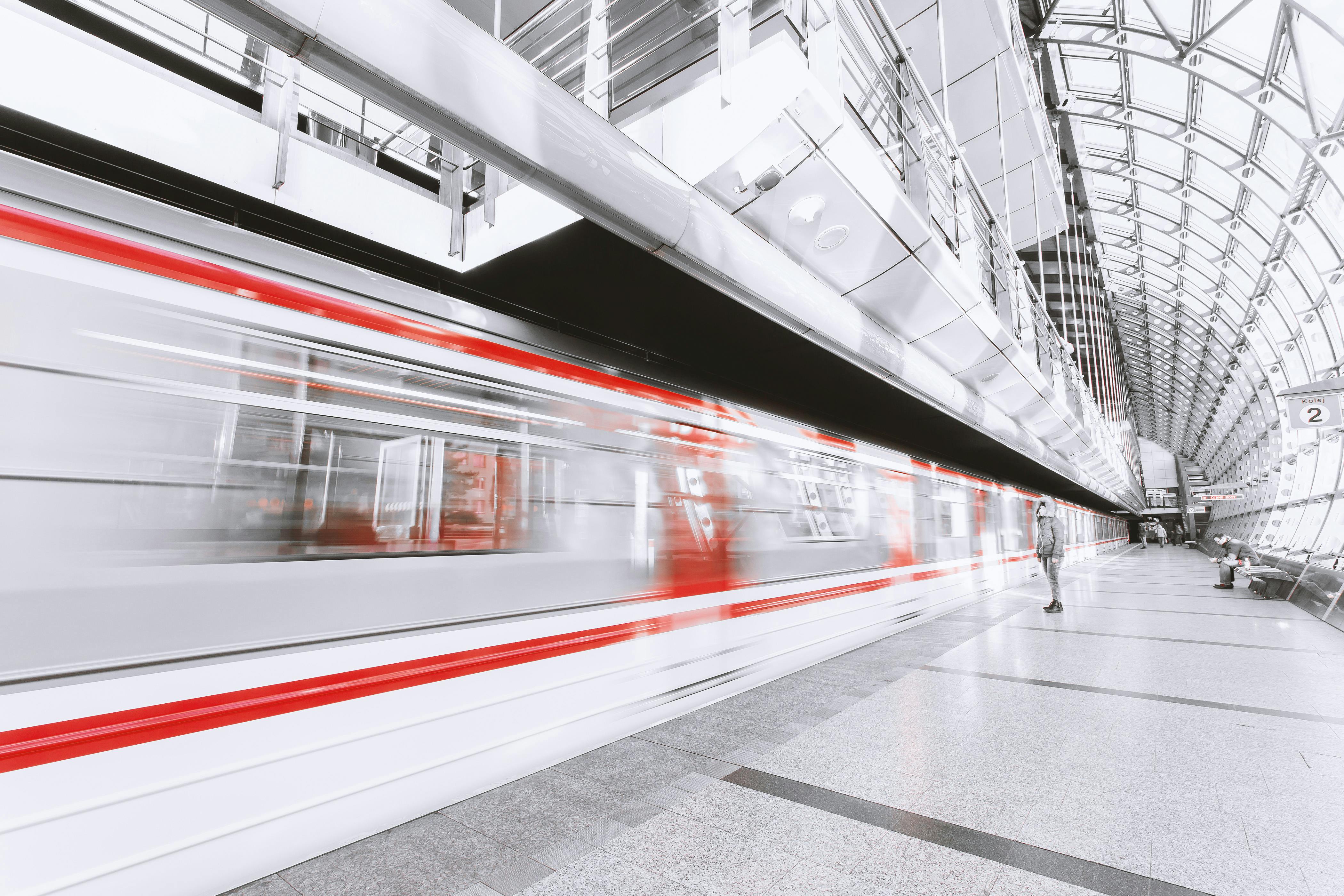India is on the cusp of a high-speed rail revolution with its inaugural bullet train in India project. This transformative initiative aims to redefine intercity travel, offering unprecedented speed, comfort, and efficiency. As the first bullet train in India progresses towards completion, it signifies a monumental leap in modernizing the nation’s railway infrastructure.
What Is a Bullet Train?
A bullet train is a high-speed rail system capable of operating at speeds exceeding 300 km/h. Renowned for their sleek design, advanced technology, and exceptional safety records, bullet trains have been pivotal in revolutionizing transportation in countries like Japan, France, and China. India is set to join this elite group with its ambitious high-speed rail project.
The First Bullet Train in India: Mumbai–Ahmedabad Corridor
The flagship project of India’s bullet train initiative is the Mumbai–Ahmedabad High-Speed Rail (MAHSR) corridor. Spanning approximately 508 kilometers, this route will connect Mumbai in Maharashtra to Ahmedabad in Gujarat. Key highlights of this historic venture include:
- Speed: The bullet train is designed to operate at a top speed of 320 km/h, reducing travel time between Mumbai and Ahmedabad from the current 8 hours to approximately 2 hours.
- Stations: The corridor will feature 12 stations, including major stops in Mumbai, Thane, Surat, Vadodara, and Ahmedabad.
- Technology: India is adopting Japan’s Shinkansen technology, renowned for its efficiency and safety standards.
- Launch Timeline: The National High-Speed Rail Corporation Limited (NHSRCL) aims to complete the project by 2028, with phased openings expected earlier. Swarajya
Why Bullet Train in India Matters
The introduction of bullet trains in India is poised to have a transformative impact on the nation’s economy and connectivity. Here’s why it’s a game-changer:
- Enhanced Connectivity: High-speed rail networks will seamlessly connect major cities, making business and leisure travel more efficient and accessible.
- Economic Stimulus: The project is expected to generate thousands of jobs, stimulate local economies, and boost industries such as construction and manufacturing.
- Environmental Benefits: Bullet trains, powered by electricity, offer a greener alternative to air and road travel, contributing to reduced carbon emissions.
- Technological Advancement: The project underscores India’s commitment to adopting and localizing advanced technologies, fostering innovation and expertise.
The Cost of Bullet Train in India
The Mumbai–Ahmedabad project is estimated to cost around ₹1.1 lakh crore (₹1.1 trillion). A significant portion of this funding is facilitated through a soft loan from Japan, characterized by a low-interest rate and an extended repayment period. While the investment is substantial, the long-term economic and infrastructural benefits are anticipated to outweigh the costs.
Current Progress and Challenges
As of January 2024, 100% of the land acquisition for the entire corridor has been completed. Significant construction milestones have been achieved, including the completion of 300 km of pier work and the commencement of the 7 km undersea tunnel section across Thane Creek.
However, the project has encountered challenges:
- Land Acquisition: Securing land, particularly in densely populated regions, has been a complex process.
- Delays: The COVID-19 pandemic and bureaucratic hurdles have contributed to timeline extensions.
- Public Skepticism: Concerns regarding the project’s feasibility and necessity have been raised by various stakeholders.
The Vision for High-Speed Rail in India
While the Mumbai–Ahmedabad corridor is the inaugural project, India envisions a comprehensive network of high-speed rail corridors, collectively referred to as the Diamond Quadrilateral. Proposed routes include:
- Delhi–Ahmedabad
- Chennai–Bengaluru–Mysuru
- Delhi–Varanasi
- Mumbai–Nagpur
These corridors aim to interconnect major metropolitan areas, fostering economic integration and enhancing travel efficiency.
Bullet Train Made in India: A Step Toward Self-Reliance
Aligning with the ‘Make in India’ initiative, domestic companies are actively contributing to the project by manufacturing components locally. This approach not only reduces costs but also cultivates indigenous expertise in high-speed rail technology.
Bullet Train Speed: How It Compares Globally
The bullet train in India is designed to operate at a maximum speed of 320 km/h. While this is marginally lower than the fastest trains globally, such as Japan’s maglev trains (603 km/h), it represents a significant advancement over India’s current fastest train, the Vande Bharat Express, which operates at speeds up to 180 km/h.
For Further Reading
- Learn more about Japan’s Shinkansen technology: Japan Railway Journal
- Detailed insights into India’s high-speed rail plans: Ministry of Railways
- Environmental benefits of high-speed rail: International Union of Railways
Conclusion
The bullet train in India represents a bold stride toward modernizing the nation’s transportation infrastructure. As the first bullet train in India advances toward its anticipated launch by 2028, it is poised to revolutionize travel, generate economic opportunities, and pave the way for a more connected and efficient India. Despite the challenges encountered, the project reflects the nation’s ambition to align with global standards and offers a glimpse into a future where high-speed rail is integral to Indian travel.



